Over the past two decades, the number of people forced to flee their homes in search of safety has nearly doubled. More than 22 million of them are refugees, who have turned to a country other than their own for protection. Many more victims of violence and persecution are not in a position to make an extended journey, and more than 40 million are uprooted within their own countries. Considered together, the total number of displaced reached above 65 million last year. That represents a stunning proportion of the world’s population: one in every 113 people.[1]
This wave of displacement is breathtaking in scale. Perhaps more importantly, it is different in character than the waves of displacement that preceded it, around which the present refugee system was built.
Displacement is increasingly protracted. Today, those who take flight are more likely than ever before to remain in exile for extended periods. At the end of last year, more than two-thirds of all refugees, some 11 million of them, were in a protracted refugee situation. During the early 1990s, the average length of displacement was nine years. Today, it is roughly two decades.
Displacement is increasingly an urban phenomenon. The displaced are also more likely than ever before to seek protection in cities, rather than in refugee camps. Today, more than 60 percent of refugees and 80 percent of internally displaced people worldwide reside in urban environments. Among Syrian refugees in Turkey, the proportion of refugees living outside traditional camps is as high as 90 percent.
These changes have significant consequences for the protection needs of those who have been forced to flee. In particular, it suggests that the displaced require access to long-term social services, including education and health care, as well opportunities to earn sustainable livelihoods – all within an urban context. Meeting those needs is a challenge, since the system in place today is intended to accomplish a different goal: providing emergency assistance – primarily in the form of food, water, and shelter – to camp-based populations. In this context, crafting a sustainable response often requires integrating assistance into existing local systems. To do so, humanitarian actors must build multi-stakeholder partnerships with a broad range of local actors.
As the humanitarian community attempts to adjust to this new reality, it should take counsel from city leaders, who are increasingly important partners in designing, delivering, and in some cases, financing solutions that meet the needs of those in exile, as well as the communities that host them. Fortunately, it has an opportunity to do just that, through the process of developing a global compact on refugees, which began when world leaders gathered in New York at the United Nations General Assembly (UNGA) one year ago, and will conclude at their annual meeting one year from now.
A key component of the compact, which is intended to strengthen the international response to large movements of refugees, will be a program of action. It’s a plan that will lay out specific measures that UN member states and others should take to ensure that refugees have better access to healthcare, education, and livelihoods, drawing upon best practices from around the world. More can be done in the year ahead to fully engage local leaders in the process of crafting it.
That is why we at Brookings – together with 100 Resilient Cities – Pioneered by the Rockefeller Foundation and the International Rescue Committee – will convene a high-level working group on the sidelines of UNGA in New York next week.
The group – comprised of representatives from a range of cities, international organizations, the private sector, and academia – has a specific goal: to develop a set of recommendations for improving the relationship between urban leaders and global processes, including ways that those processes can support and improve local action.
As the scale and complexity of human displacement grows, addressing the needs of refugees has taken on new dimensions. It is increasingly clear that current tools and responses are not well suited to today’s reality, and that new thinking and new solutions are called for. In many cases, cities play a critical role in developing and delivering those solutions. They should have a seat at the table.
[1] These data, and those that follow, are the latest currently available from UNHCR, drawn from Global Trends: Forced Displacement in 2016.
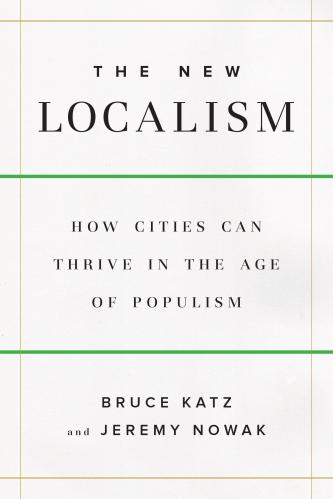

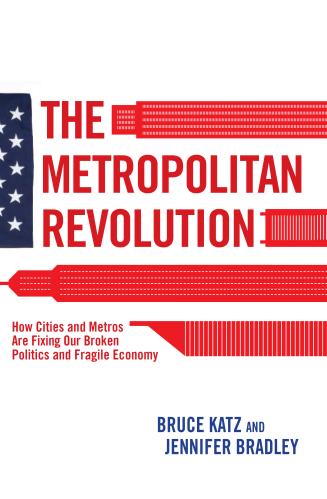
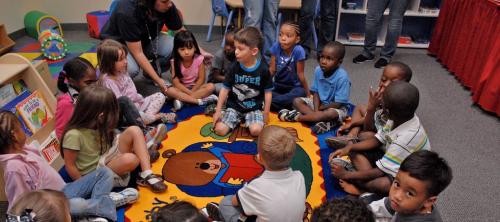
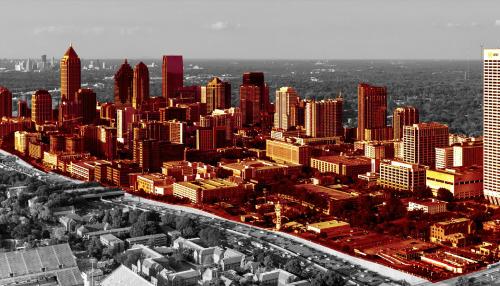


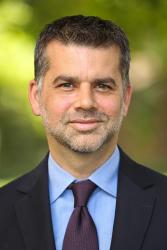

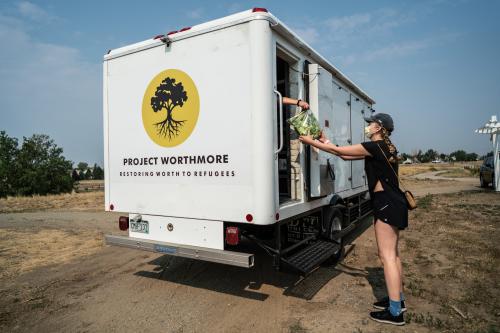
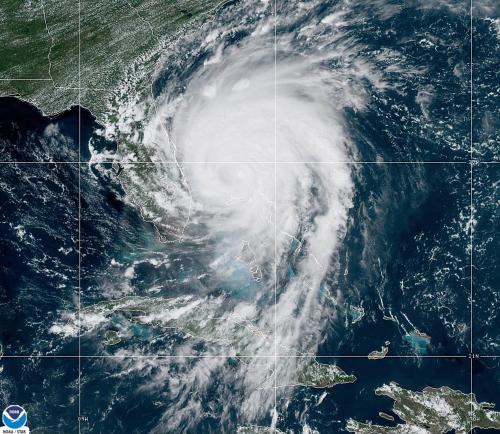
Commentary
What makes displacement different today?
September 13, 2017